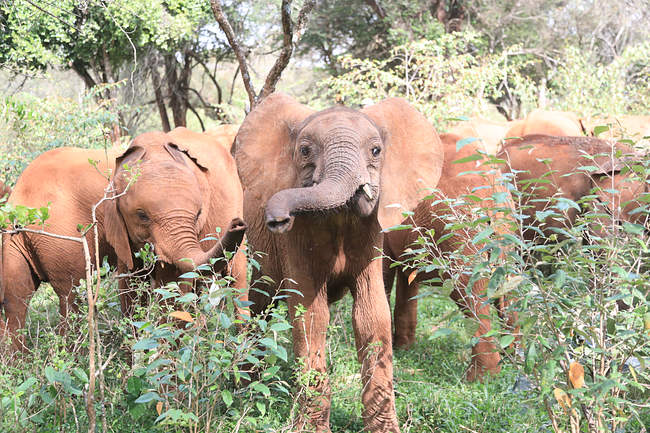Laikipia, a region of breathtaking natural beauty in Kenya, is home to an abundance of wildlife, including the magnificent African elephants. In this article, we delve into the complex and regrettable issue of human-wildlife conflict in Laikipia, where the paths of humans and these majestic creatures intersect in what is known as the Elephant Corridor.
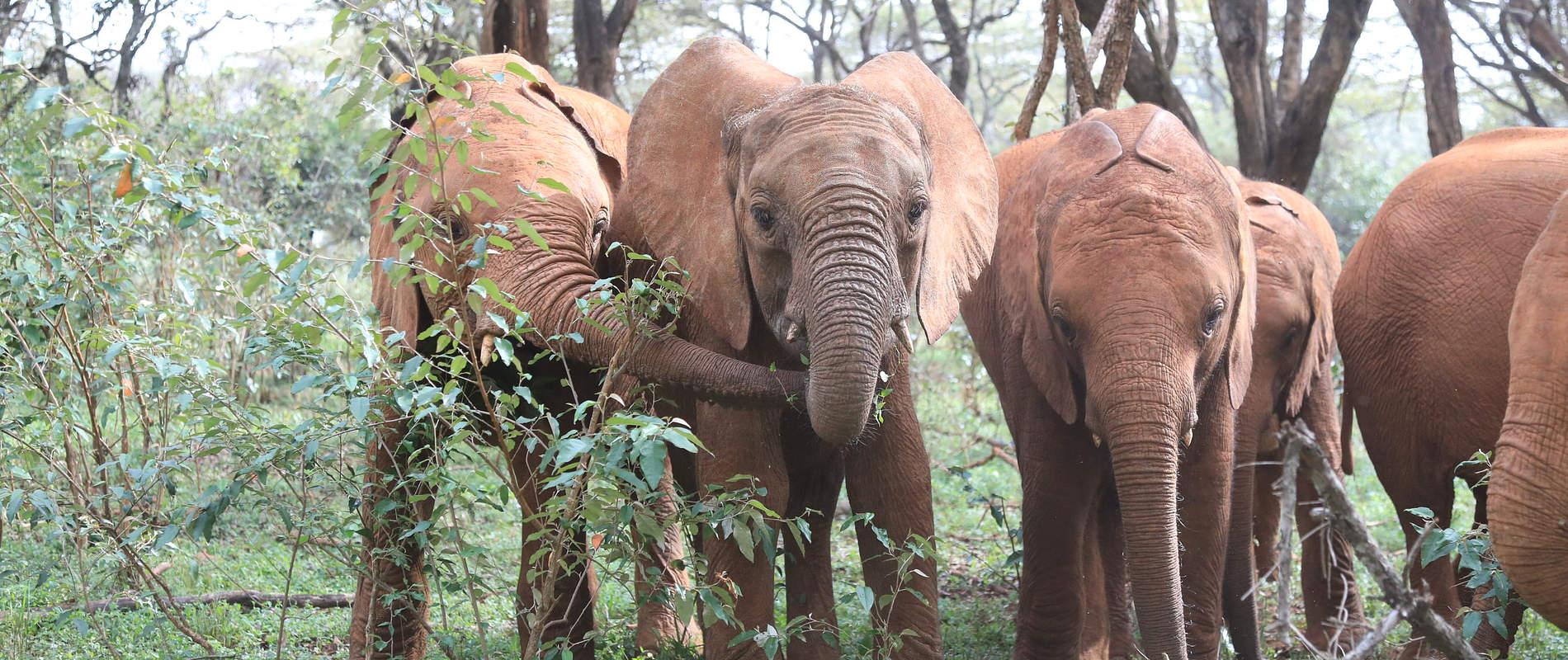
The Elephant Corridor in Laikipia is a vital migratory route for elephants. These gentle giants travel through this corridor in search of food, water, and sanctuary. The corridor links various wildlife conservancies, serving as a lifeline for the local elephant population. However, this corridor also intersects with human settlements and farmlands, leading to conflicts that threaten both elephants and humans.
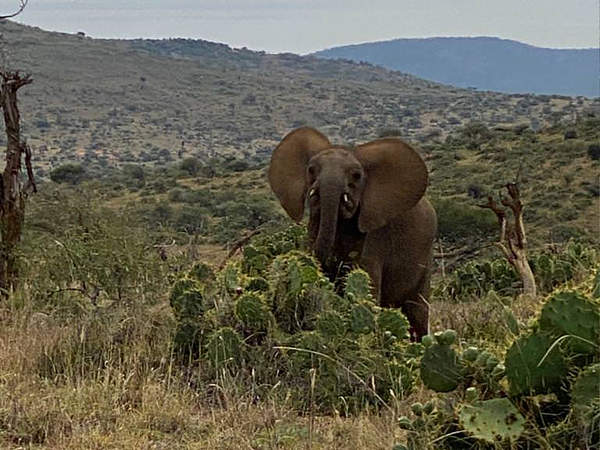
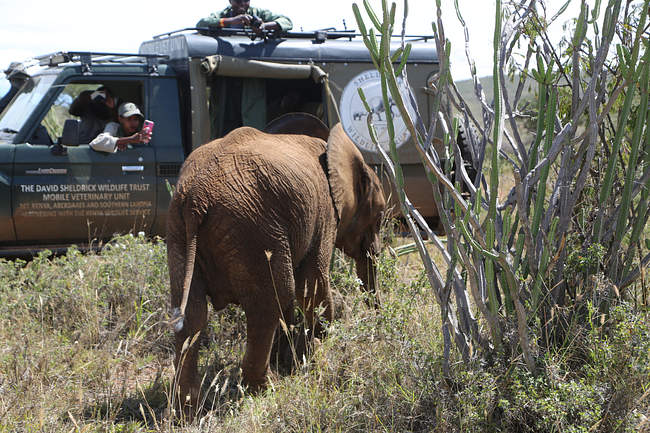
As human populations expand and encroach upon traditional wildlife habitats, conflicts between people and elephants become increasingly common. Elephants, in their search for sustenance, sometimes raid crops, damage property, and pose a threat to human lives. In return, humans often resort to measures such as crop protection, which can harm or kill elephants, exacerbating the issue.
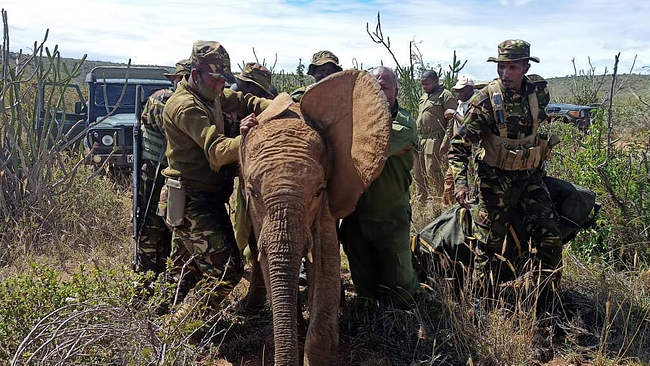
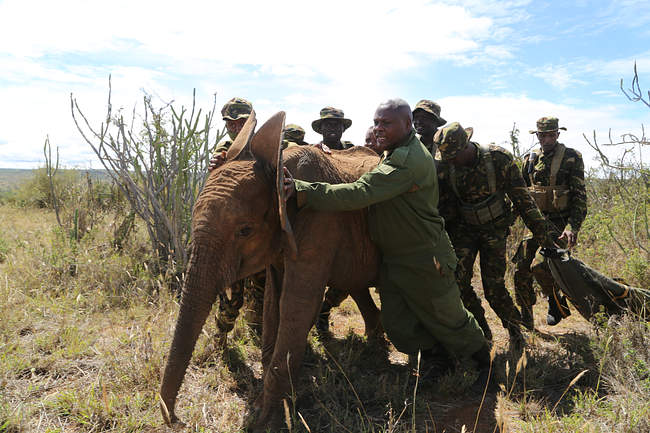
Efforts to mitigate human-wildlife conflicts in Laikipia include education and awareness programs for local communities, the establishment of elephant-friendly fences, and the implementation of safe deterrents to protect crops and property without harming elephants. Conservation organizations work tirelessly to find sustainable solutions that benefit both humans and wildlife.
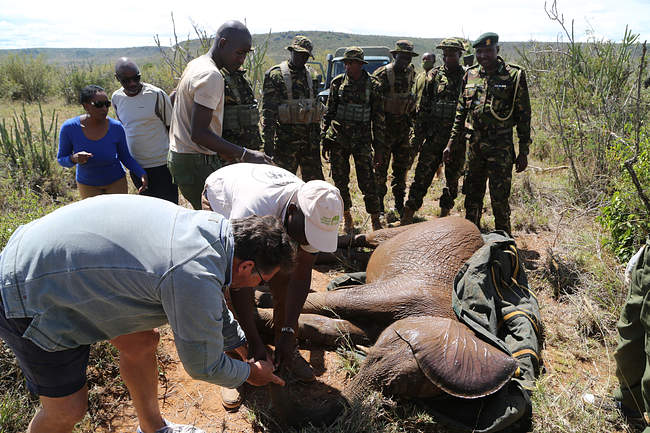
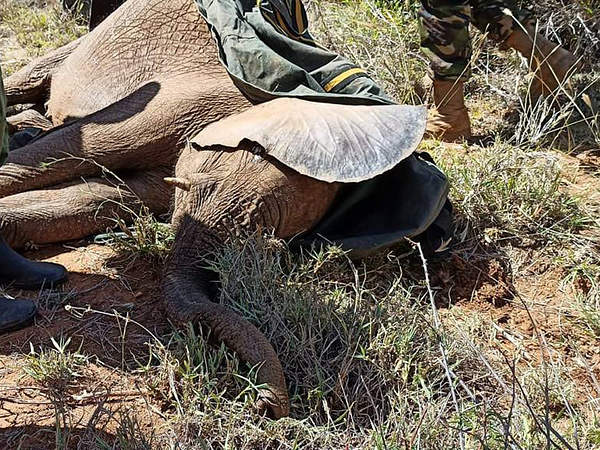
Despite these efforts, regrettable encounters between humans and elephants in the Elephant Corridor continue to happen. The loss of crops and property can have devastating effects on local communities already struggling with economic challenges. On the other hand, elephants also suffer from injuries caused by human interventions.
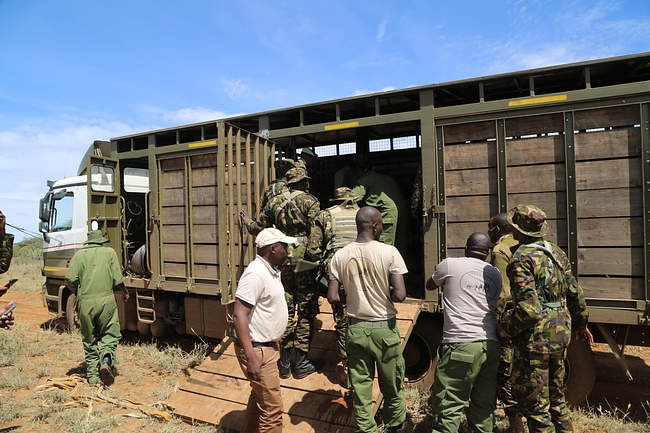
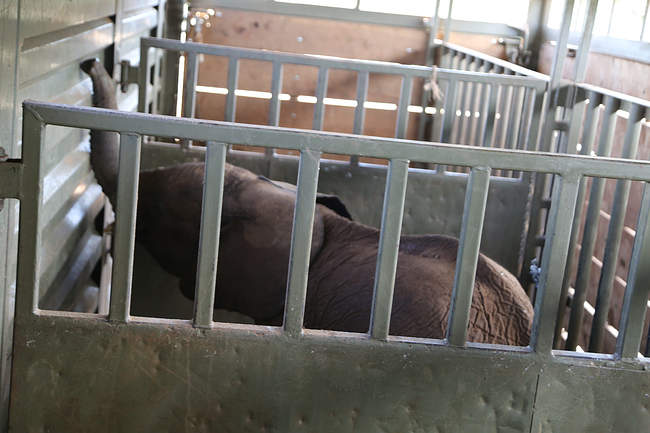
Addressing human-wildlife conflict in Laikipia requires a multi-pronged approach. Conservationists, local communities, and government agencies must work together to find solutions that balance the needs of both humans and elephants. This might include developing alternative livelihoods for affected communities, strengthening anti-poaching efforts, and enhancing the effectiveness of elephant corridors while ensuring safety for all.
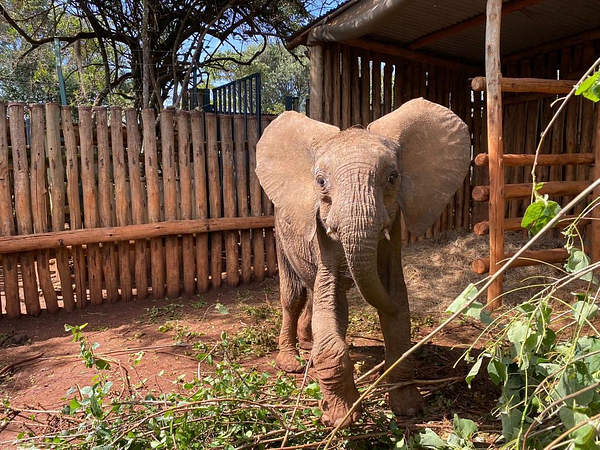
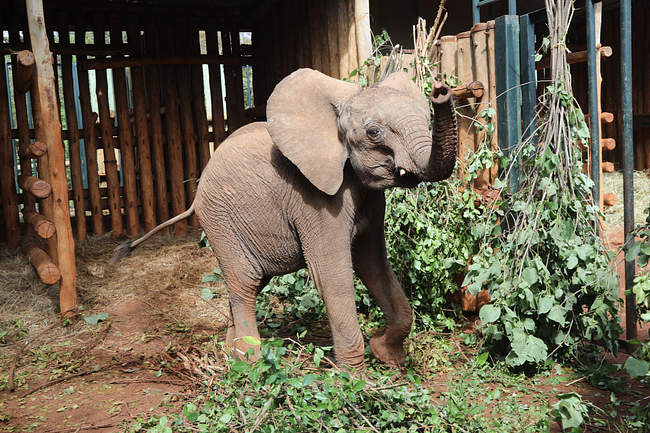
The Elephant Corridor in Laikipia serves as a poignant reminder of the challenges associated with conserving Africa’s iconic wildlife in a rapidly changing world. As the paths of humans and elephants continue to cross, it’s essential to seek harmony between these two populations to ensure the survival of these magnificent creatures and the well-being of local communities. Through collaboration, education, and innovative solutions, we can hope for a future where human-wildlife conflicts become a regrettable part of history, and elephants roam freely in their natural habitats without posing a threat to human lives and livelihoods.
